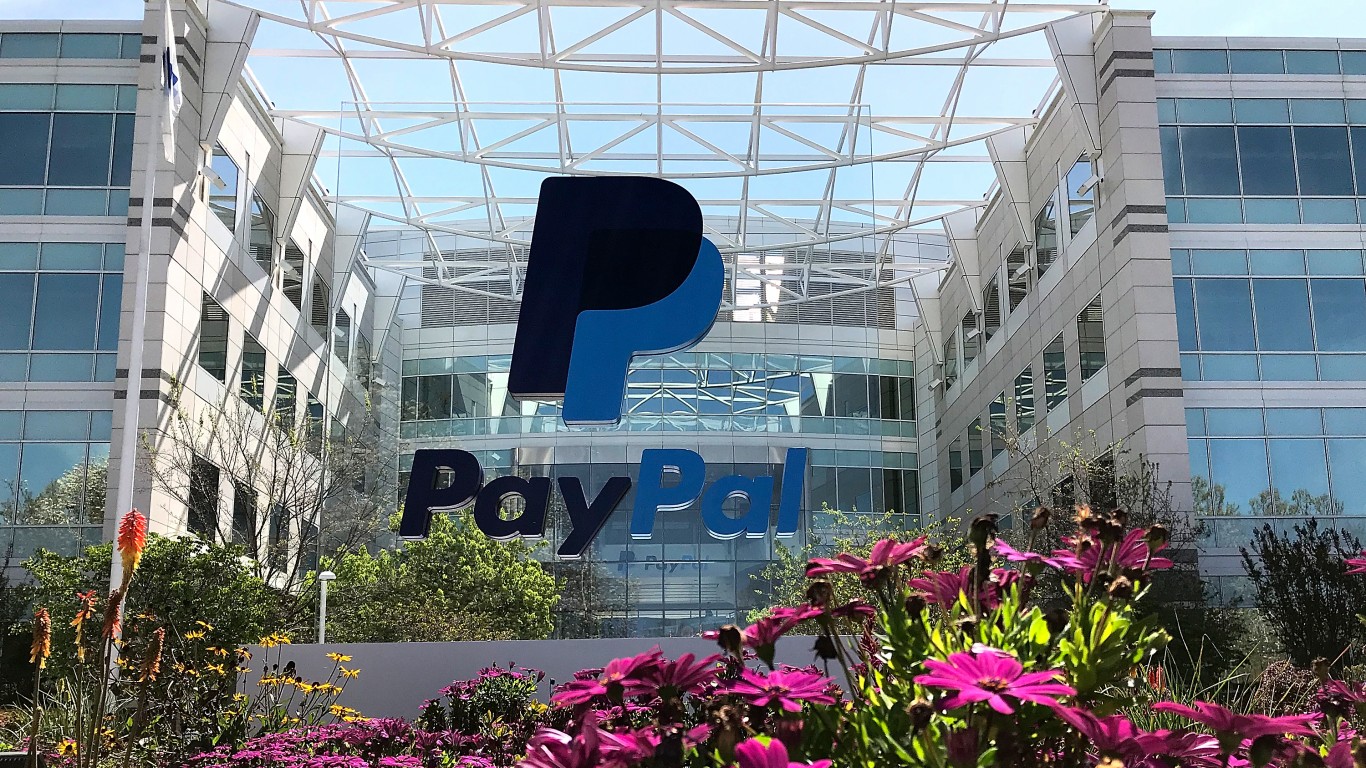Investing
How PayPal's Stablecoin and Its 420M Users Can Ignite Crypto Payments Growth

Published:

PayPal’s decision to launch its PYUSD stablecoin marks a significant development in the crypto industry. With a vast user base and the potential for wide merchant adoption, PayPal’s stablecoin project could contribute to the widespread acceptance and use of crypto payments.
The demand for stablecoins has substantially increased in the cryptocurrency market over the past few years. These digital currencies aim to maintain a stable value by being pegged to real-world assets such as T-bills and bank deposits.
While this approach has proven successful, there is potential for an equity-backed stablecoin that could be even more effective. Imagine a stablecoin backed by the equity of a well-established company like Apple. Since Apple will always hold value, the stablecoin would always have a guaranteed value of $1.
Despite the market’s interest in equity-backed stablecoins, regulators hesitate to embrace this concept. This hesitation stems from concerns about Big Tech companies infringing on the government’s control over currency issuance and competing with traditional banking systems.
The recent rejection of Meta’s proposed stablecoin, Diem, can be attributed to these concerns, even though it was fully reserved with cash and Treasurys. Another reason behind the rejection of Facebook’s stablecoin stemmed from the lack of regulators’ trust in the tech giant.
However, these issues are not ostensibly true about PayPal. There is growing optimism that PayPal, a renowned global payment platform with 420 million users, will use its stablecoin, backed by T-bills and cash, approved by regulators.
The approval of PYUSD raises the question of why the government would support PayPal’s stablecoin while rejecting Diem. Possible reasons range from PayPal’s better know-your-customer (KYC) practices to its prominent role in the financial industry.
The launch of PayPal’s stablecoin could be significant for the future of cryptocurrencies, opening up new opportunities and potential for widespread adoption.
PayPal alone has 420 million users. And if a meaningful portion of the company’s user base embraces its stablecoin for low-fee transactions, merchants will follow suit, which could further drive crypto adoption and the use of digital assets for payments.
Brazil’s Pix system provides a real-life example of how quickly stablecoin adoption can happen. Launched in 2020, Pix has become Brazil’s most used means of payment in less than two years.
If PayPal’s stablecoin gains traction, a similar trend could emerge globally. In a recent interview with Bloomberg, Jose Fernandez da Ponte, senior vice president of PayPal’s blockchain, crypto, and digital currencies, also expressed hope that the company could use its network to drive the adaption of its stablecoin.
“One of the places where we think we will be differential and where we can add value is that we bring that connectivity to that last mile through the network that we have built over the years,” Fernandez da Ponte said.
However, the US government will probably not allow tech companies to monopolize the payments system. Hence, if they permit Big Tech to issue stablecoins, approval for bank-issued stablecoins will likely follow suit.
Allowing banks to issue stablecoins could pave the way for tokenized deposits, representing the next logical step in the evolution of digital currencies, which could also benefit cryptocurrencies like Bitcoin and Ethereum.
This article originally appeared on The Tokenist
Retirement can be daunting, but it doesn’t need to be.
Imagine having an expert in your corner to help you with your financial goals. Someone to help you determine if you’re ahead, behind, or right on track. With SmartAsset, that’s not just a dream—it’s reality. This free tool connects you with pre-screened financial advisors who work in your best interests. It’s quick, it’s easy, so take the leap today and start planning smarter!
Don’t waste another minute; get started right here and help your retirement dreams become a retirement reality.
Thank you for reading! Have some feedback for us?
Contact the 24/7 Wall St. editorial team.